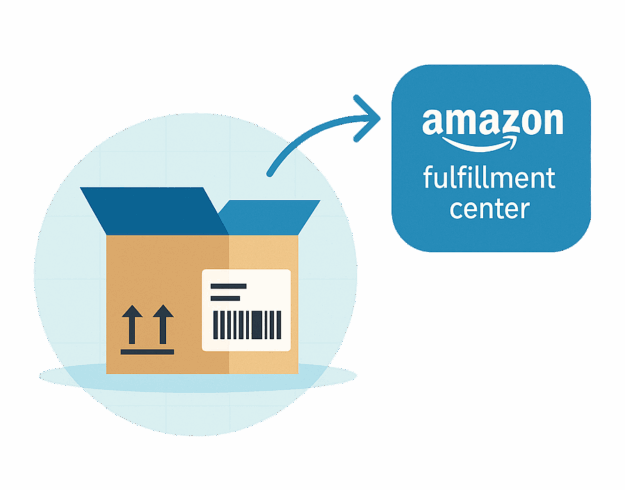Stephen Gould handles every aspect of distribution for manufacturers including Inventory Management, Order Fulfillment, Freight Management, and Returns Processing.
Retail distribution is more complex than ever before. As more consumer purchasing shifts to online platforms, manufacturers and retailers must procure goods from multiple sources around the world and rely on a network of intermediaries to ship orders to their customers.
With the massive growth of ecommerce, drop shipping, and omni-channel distribution, businesses need flexible distribution strategies to stay competitive. Stephen Gould’s experienced team knows what it takes to create a dynamic, modern retail distribution strategy that reliably delivers products to their point of sale.
We developed this guide to help you understand how to create a modern retail distribution strategy that will grow your business.
What is Retail Distribution?
Retail distribution is the process of getting a product to a point of purchase. Successful retail distribution strategies ensure that you have the right goods in the right place at the right time to reach your customers.
Retail Distribution Channels
Retail distribution channels are the paths that goods take to from the manufacturer to the consumer. Along that path, there are often a number of intermediaries that package, house, and deliver products. The more intermediaries are involved, the higher the price a product will be.
There are two types of retail distribution channels:
Direct Channels
The producer controls the point of sale with no intermediaries involved (e.g. a company’s own brick and mortar store or ecommerce site).
Indirect Channels
The producer relies on a range of intermediaries—wholesalers, agents, brokers—to reach their customer (e.g. big box retail or third party ecommerce).


